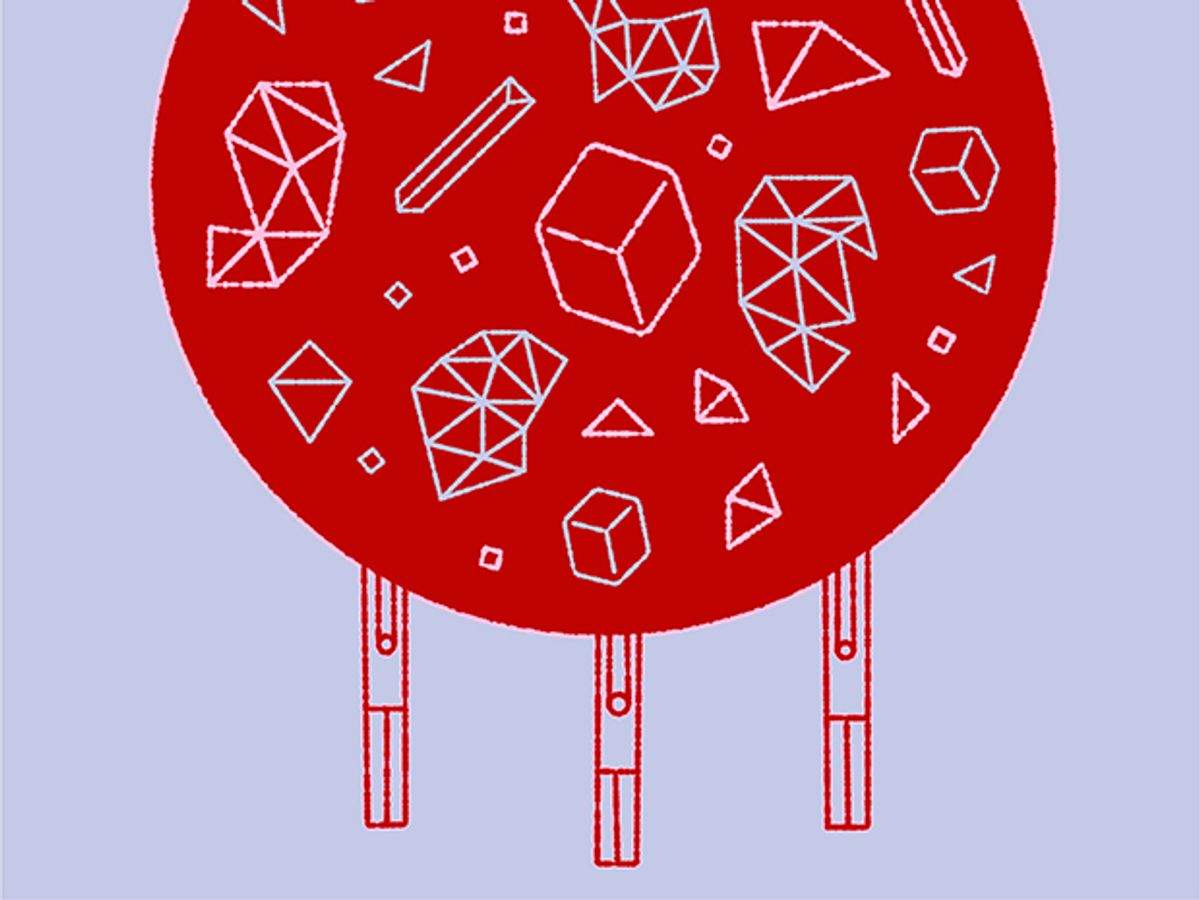I get to meet plenty of smart people through my work as a mentor to entrepreneurs, but few have proven as talented as Mobin Nomvar, cofounder of Sydney startup Automated Process Synthesis Co., which develops machine-learning software for chemical-process engineering. When he first started his company, Nomvar knew a lot about coding, more about chemistry, but little about the biological processes going on within his own body.
You see, as he settled into the sedentary role of full-time managing director, his waistline expanded. So he studied the problem and planned to burn through the fat he'd accumulated by starving his body of carbohydrates, forcing it to metabolize fat instead of sugar for energy. But having never dieted before, he had no idea what to expect. As an engineer, he wanted a number he could measure to gauge how well he was doing. Blood-glucose level would be just the ticket, he thought.
Many millions of diabetics make that measurement every day, sometimes several times a day, by pricking a finger and swiping a drop of blood onto a test strip. Nomvar asked himself: Could there be a less painful way?
He suspected he might find one with a measurement of his body's bioimpedance. For 20 years, researchers had published promising findings that showed it was possible to measure blood-glucose levels this way, but never with the accuracy of blood-based measurements.
Could a bioimpedance-based blood-glucose sensor be improved and perhaps commercialized? Nomvar built a prototype, strapped it on, and ate a bowl of carbohydrate-packed rice. Then he watched the measurements tick upward—validation enough to keep going. When he reached the limit of his understanding, he assembled a team to help: an expert in bioimpedance, a chemical engineer, and a software designer—people with the sorts of complementary talents needed to develop such a gizmo.
Together they reviewed the science and read the relevant literature, and only then went back to Nomvar's prototype, seeking more signal from its sensor. Finding the needed signal turned out to be easier than they'd expected, though they had to borrow a US $50,000 commercial bioimpedance unit to confirm the results from the crude prototype, constructed at a thousandth the cost.
Sensitive bioimpedance measurements turned out to be necessary, but not sufficient. Many different body processes affect bioimpedance, and isolating the effects of changing glucose levels appeared nearly impossible. Indeed, trying to clean up the signal using machine learning produced only more noise. Every team member had a go at a solution, drawing from their expertise to tune the algorithm. A week-long burst of activity from one teammate got them over the line, resulting in a device that outperforms every other noninvasive technique that's ever been used to measure blood glucose.
In just over three months, they perfected their ring-shaped sensor. Slipped over a finger and paired with the proper algorithm, it can measure blood glucose continuously and inexpensively. As the number of diabetics globally passes half a billion, such a device could have quite a large market—if it successfully makes it through the clinical testing needed to certify it as both accurate and safe. Many medical wonders fail to overcome that hurdle, and Nomvar's work so far is just the first step in what could be a very long race.
It's a step Nomvar admits he couldn't have taken alone. But his team—diverse, experienced, and capable—had the strengths needed to succeed.
This article appears in the April 2020 print issue as “Don't Go It Alone."
Mark Pesce founded, in 1991, the world's first consumer virtual reality startup. And he and others developed the Virtual Reality Modeling Language ( VRML). He also founded the first company to use VRML to deliver streaming 3D entertainment over the Web. He currently serves as Entrepreneur-in-Residence at the University of Sydney's Incubate program. In addition to being an engineer and a teacher, Pesce is also a popularizer. In 2005, the Australian Broadcasting Corporation invited Pesce to become a panelist and judge on the television series "The New Inventors." In 2011 Pesce published his sixth book, The Next Billion Seconds. In 2014, Pesce and Jason Calacanis launched the podcast This Week in Startups Australia. Later Pesce started The Next Billion Seconds podcast. And since 2014, he's been a columnist for The Register.



